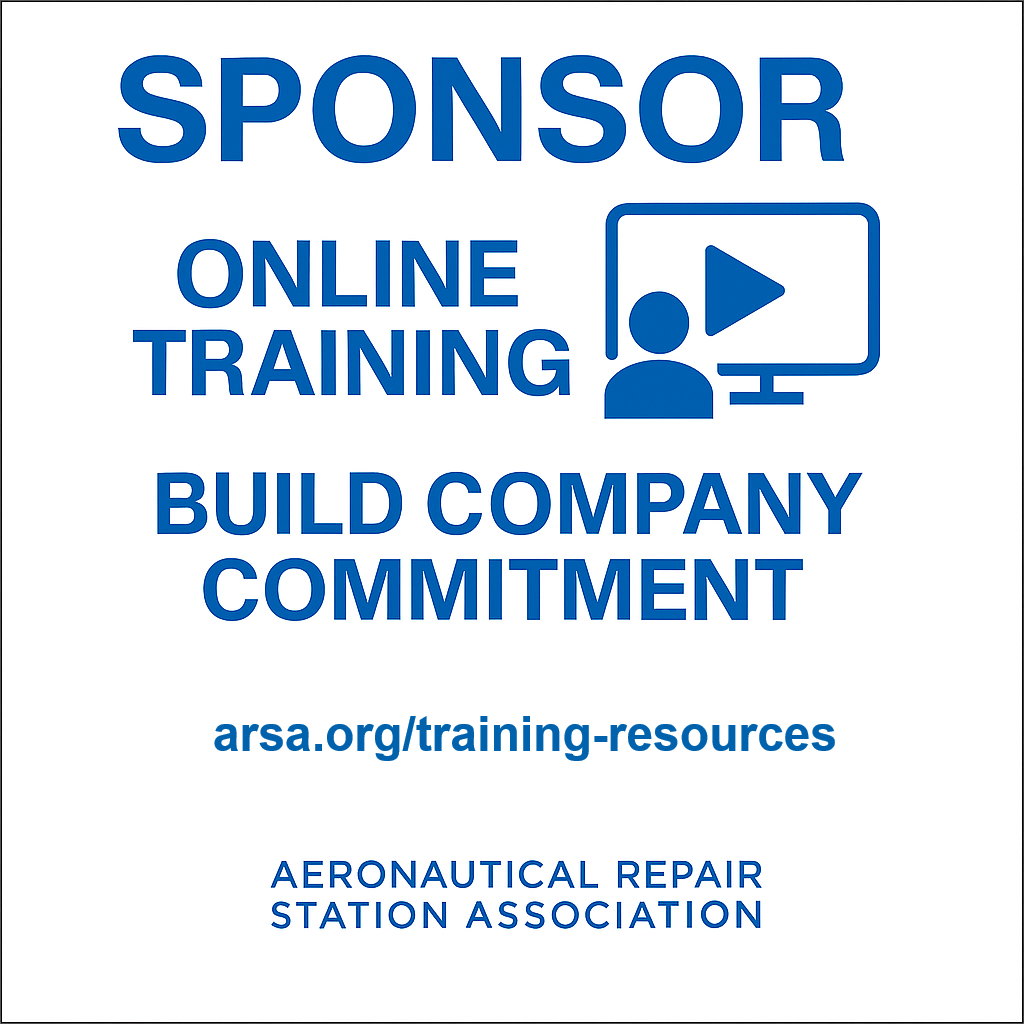FAA Provides Incomplete Clarification on Return to Service
The FAA Chief Counsel’s clarification of its letter to ARSA is incomplete—as the association’s original letter attempted to delineate, there will be more than one person involved in accomplishing work for an air carrier. The person of interest will depend upon the qualifications required for the actions being taken.
In the situation of issuing an airworthiness release or logbook entry on behalf of an air carrier, there will be three different “persons” involved. The individual “person” that can be given the authority on behalf of a repair station to place a signature on an approval for return to service (airworthiness release or logbook entry) must be appropriately qualified by both the repair station and the air carrier. ONE of the qualifications is that the individual be certificated under part 65 as a repairman or a mechanic. The repair station person’s qualifications are ensuring the certificated individual person is (a) generally qualified under § 145.151, (b) capable of performing assigned tasks under § 145.163 training requirements, (c) specifically qualified under § 145.157, and (d) placed on the appropriate roster under § 145.161. Additionally, the air carrier person must qualify (and perhaps train) the certificated individual person and assure the appropriate listing and updating of information in its manual. The certificate number that will be responsible for the totality of the work performed will be the repair station person, not the individual person certificate holder.
The air carrier person will be responsible for ensuring the work is performed in accordance with its procedures—including qualifications of individual persons actually accomplishing work for it and the method of completing the logbook entry and/or airworthiness release. If the work is performed improperly, the air carrier person could be dinged by the agency for such things as (1) flying an unairworthy aircraft, and (2) failure to ensure work was performed in accordance with its procedures. It would not be appropriate for the agency to accuse the airline person of actually performing the work incorrectly; the agency should be looking at the repair station or individual persons for any failures to comply with part 43.
The Chief Counsel’s Office is not as steeped in the variety of facts that will surround a particular situation; it therefore tends to gloss over nuances in an attempt to provide a “clear” answer. Unfortunately, the law and therefore its interpretations must appreciate and note nuances to ensure proper and complete evaluations and determinations can be made in the real world. Hopefully, as ARSA and the National Air Transportation Association (NATA) originally requested, the guidance material will be changed to read:
Airworthiness Release or Aircraft Log Entry Required by §§ 121.709 and 135.443. For the purposes of contract maintenance, it is important to note that §§ 121.709(b)(3) and 135.443(b)(3) outline specific requirements for the individuals authorized to sign an airworthiness release or aircraft log entry. While a repair station may be the “person” under the regulations that is issuing the approval for return to service, the individual signing the airworthiness release or log entry must be appropriately qualified and authorized by the repair station and the air carrier as required by its General Maintenance Manual. One of the qualification requirements is that the individual be certificated under part 65, subparts D or E (i.e., be a repairman or certificated mechanic). The exception in the rule is that repair stations outside the United States are not required to have the individual certificated under part 65, however, the individual signing the airworthiness release/log entry must still otherwise be qualified and authorized to perform that function.








